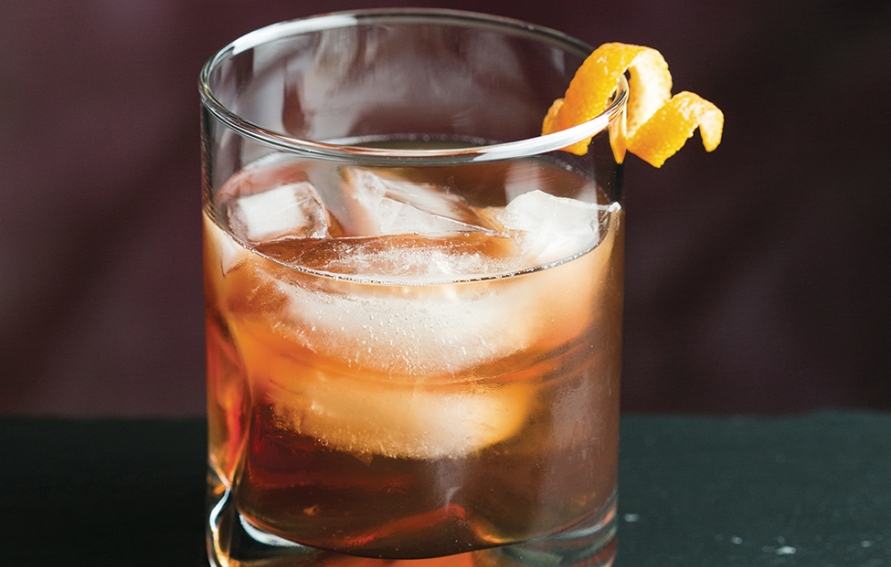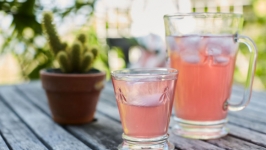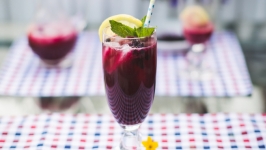About this recipe
The cocktail first appeared in the American vernacular in 1803 in a New Hampshire journal called The Farmer’s Cabinet: “Drank a glass of cocktail—excellent for the head.... Call'd at the Doct's. Found Burnham—he looked very wise—drank another glass of cocktail.” It wasn’t until 1806, however, that the word began to appear often enough to require a definition for the general public.
A reader of the Hudson, New York, newspaper The Balance and Columbian Repository had heard tell of this hip new creation and wrote to the editor asking, “What is a cocktail?” The editor, Harry Croswell, replied:
“Cock-tail is a stimulating liquor, composed of spirits of any kind, sugar, water, and bitters—it is vulgarly called bittered sling, and is supposed to be an excellent electioneering potion, in as much as it renders the heart stout and bold, at the same time that it fuddles the head. It is said also to be of great use to a democratic candidate: because a person, having swallowed a glass of it, is ready to swallow any thing else.”
It would be difficult to find an election season that has left more of us in need of a soothing elixir to embolden our hearts, head-fuddling be damned. Guy Ladouceur, head bartender at Peck’s Arcade, has created three strikingly American, election season–friendly cocktails featuring vermouth, technically an aromatized and fortified wine flavored with botanicals. The modern version of vermouth hails from Turin, Italy, in the 18th century, but most mass-market versions are syrupy sweet, without the complexity that herbal elements can add.
“The vermouth we use at the bar is much different than the sweeter version that most bars still use,” Ladouceur says. “Uncouth Vermouth, made by a woman in Brooklyn, is a whole line of sophisticated, layered vermouths, each one offering a different layer of aromas and floral elements that are still exceptionally dry. It changes the spirit of any cocktail.”
All of the herbal, bittering fruit and vegetable ingredients that she uses, Ladouceur adds, are locally sourced in New York State. He has created three cocktails requiring varying degrees of skill sets, the most advanced of which should certainly not be attempted directly after consuming the novice and moderate versions.





